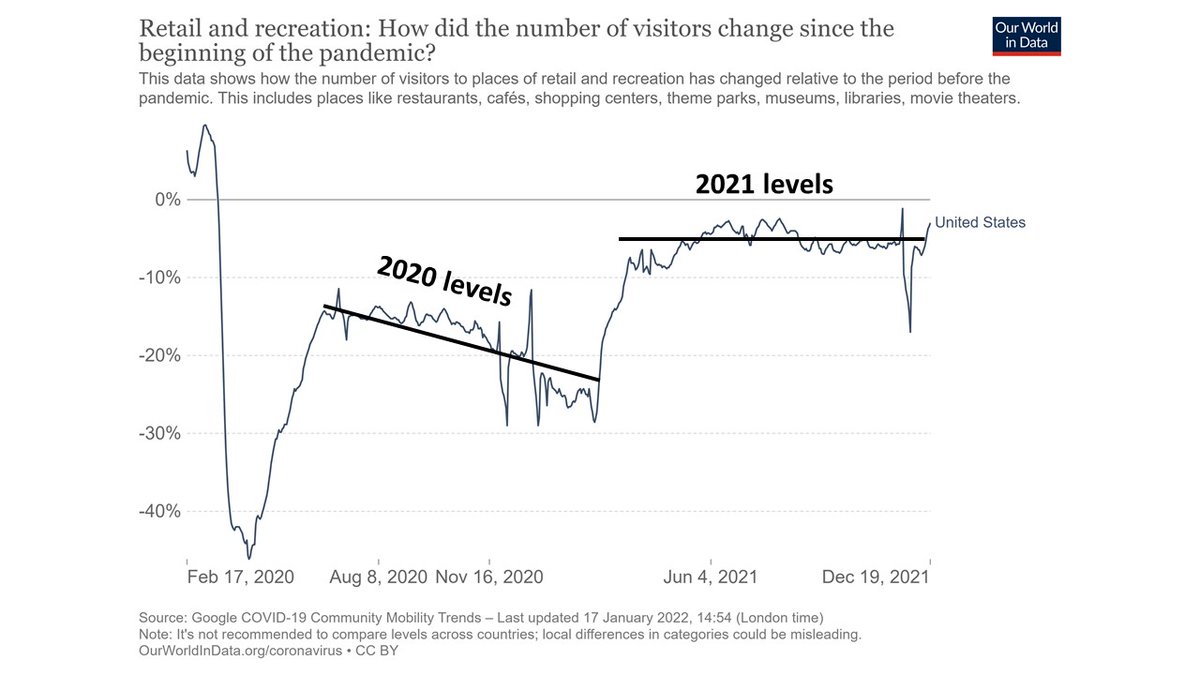After sitting in study section last week reviewing proposals for K-series career development awards, thought I'd list my top 5 reasons why such proposals fail. (Not linked to any one submission.)
Junior scientists who might be interested in applying - avoid these pitfalls!!
Junior scientists who might be interested in applying - avoid these pitfalls!!
1. The primary mentor(s) never read the proposal in detail.
Many applications have clear holes in logic that no mentor would let through.
Give your mentors enough time to review your proposal, and steer away from mentors who will not spend the time to offer you comments.
Many applications have clear holes in logic that no mentor would let through.
Give your mentors enough time to review your proposal, and steer away from mentors who will not spend the time to offer you comments.
2. The candidate is not quite ready.
Reviewers like to see upward trajectory and (if K22/K99) near-independence.
Be strategic about when you apply. Not a bad idea to put in an initial submission before major papers come out, so you look like a "rising star" on resubmission.
Reviewers like to see upward trajectory and (if K22/K99) near-independence.
Be strategic about when you apply. Not a bad idea to put in an initial submission before major papers come out, so you look like a "rising star" on resubmission.
3. The research plan is over- or under-ambitious.
Reviewers must believe that you can continue your career trajectory, and that you can complete your aims.
Review your publications and ask if your research plan will continue that level of productivity (not much more, not less).
Reviewers must believe that you can continue your career trajectory, and that you can complete your aims.
Review your publications and ask if your research plan will continue that level of productivity (not much more, not less).
4. Letters aren't sufficiently supportive.
It's critical that your institution, primary mentor, and at least one referee support you enthusiastically.
Collaborate - what creates great letters is not your IQ, but a reputation as someone who is indispensable to those around you.
It's critical that your institution, primary mentor, and at least one referee support you enthusiastically.
Collaborate - what creates great letters is not your IQ, but a reputation as someone who is indispensable to those around you.
5. The path to independence is unclear.
Reviewers need to see you as the next leader in a key scientific niche.
Harmonize your mentors, training plan, and research strategy into a coherent story of how you will grow from your current state into an independent researcher.
Reviewers need to see you as the next leader in a key scientific niche.
Harmonize your mentors, training plan, and research strategy into a coherent story of how you will grow from your current state into an independent researcher.
And remember:
Don't forget to include general scientific training/experience (grant writing, etc).
Most proposals are funded only on resubmission.
The study section wants to see you succeed.
Good luck in writing your K proposal!! Happy to answer any questions in the comments.
Don't forget to include general scientific training/experience (grant writing, etc).
Most proposals are funded only on resubmission.
The study section wants to see you succeed.
Good luck in writing your K proposal!! Happy to answer any questions in the comments.
• • •
Missing some Tweet in this thread? You can try to
force a refresh















